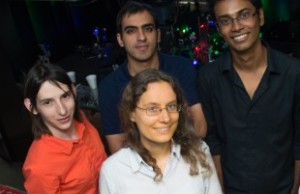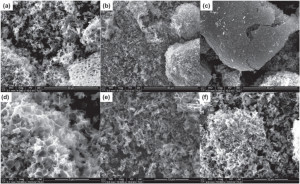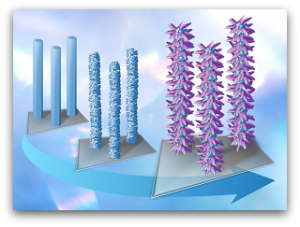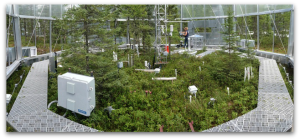An interdisciplinary team has set a new record for direct solar water splitting efficiency. Surpassing the 17 year old record of 12.4 percent, the new achieved efficiency level of 14 percent guarantees a promising future for solar hydrogen production.
While the potential for renewable energy is available across the globe, the ability to harvest and store this energy is not. One solution to achieving global renewable energy is through artificial photosynthesis.
How to Power the Future
Much like organic photosynthesis, artificial photosynthesis coverts sunlight into chemical energy. This highly-researched concept also has the ability to be carried into semiconductor technology.
Essentially, researchers can take the sun’s electrical power and split water into oxygen and hydrogen with high energy density levels. This type of development has the potential to replace current fossil fuels and create a type of energy that does not emit harmful carbon dioxide.
The concept has not been utilized on a commercial level due to the high cost. However, this new development could raise the efficiency levels to a high enough percentage to make the process economically viable.
This from the Helmholtz Association of German Research Centres:
Lead author Matthias May … processed and surveyed about one hundred samples in his excellent doctoral dissertation to achieve this. The fundamental components are tandem solar cells of what are known as III-V semiconductors. Using a now patented photo-electrochemical process, May could modify certain surfaces of these semiconductor systems in such a way that they functioned better in water splitting.






